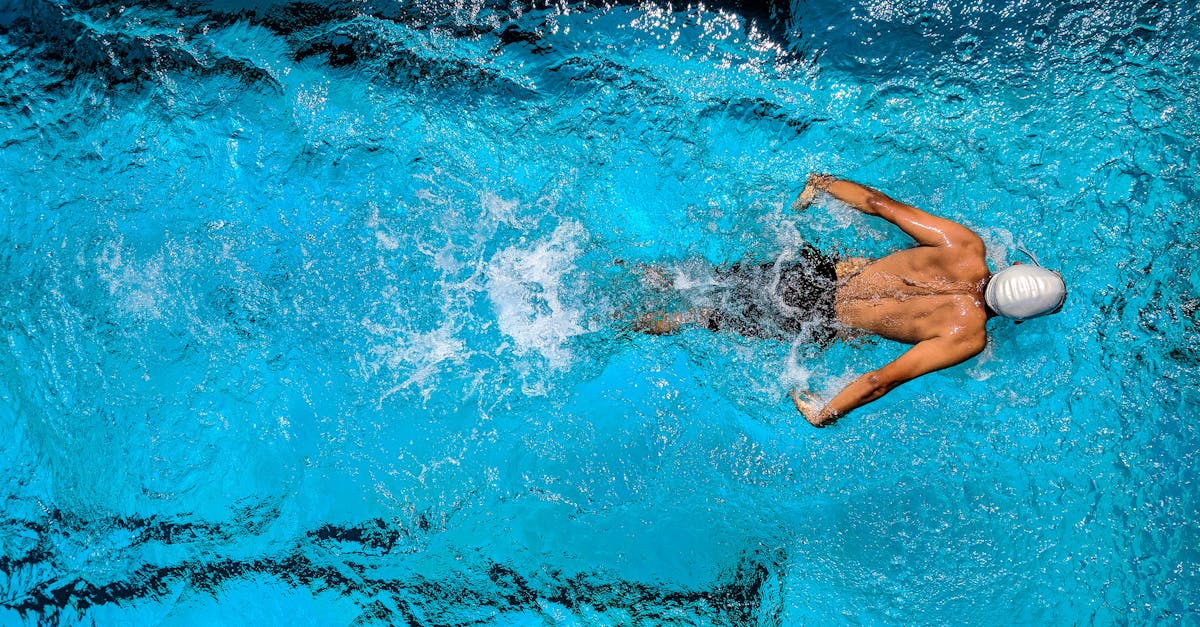When it comes to babies and water, every parent knows that curiosity can lead to some nail-biting moments. Picture this: a tiny tot splashing around, giggling with delight, only to suddenly resemble a fish out of water. But don’t panic! Understanding how babies breathe after water exposure can turn those moments of sheer terror into a breezy learning experience.
Table of Contents
ToggleUnderstanding Baby Breathing After Water
Understanding how babies breathe after exposure to water can provide reassurance for parents. Knowing what to expect allows for a more relaxed experience during water activities.
Importance of Monitoring Breathing
Monitoring a baby’s breathing after swimming or bathing is crucial. A baby’s respiratory rate may vary, especially following water exposure. This rate typically ranges from 30 to 60 breaths per minute. Rapid breathing could indicate excitement or distress related to the water experience. Parents should observe any signs of difficulty, such as wheezing or coughing. Immediate action may be required if these symptoms occur. Regular observation can help ensure that parents address any concerns quickly.
Common Concerns for Parents
Parents often worry about their baby’s safety in water. One common concern includes the possibility of aspirating water. It’s essential to recognize that babies possess a natural reflex that helps prevent this. Another worry is whether a baby can get enough air after submersion. Breathing patterns may temporarily change, but they typically return to normal quickly. Parents frequently question how to differentiate between normal responses and distress. Observing for prolonged changes in breathing patterns or signs of discomfort can assist in addressing these concerns effectively.
Factors Affecting Baby Breathing
Several elements influence how babies breathe after water exposure. Understanding these can ease parental concerns during water-related activities.
Age and Developmental Stage
Younger infants may demonstrate different breathing patterns than older babies. Newborns often possess immature respiratory systems, making them more sensitive to changes in their environment. Developmental milestones significantly impact breathing, as older infants may handle water exposure better. Babies who can crawl or walk typically exhibit stronger lung capacity and greater control over their breathing. Parents should keep in mind that developmental readiness for water activities varies among babies. Observing individual capabilities leads to more effective monitoring of breathing patterns.
Temperature and Water Conditions
Water temperature plays a crucial role in a baby’s breathing response. Cold water can lead to shallow, rapid breathing as the body attempts to maintain warmth. In contrast, warm water often encourages relaxed, deeper breaths. Babies may also respond differently to the surrounding air temperature after exiting the water. High humidity may contribute to easier breathing, while dry air can lead to discomfort. Swimmers should always consider water quality, as contaminants can irritate respiratory passages. Ensuring optimal temperatures and clean conditions supports a more positive breathing experience for babies.
Signs of Respiratory Distress
Vigilant observation of a baby’s breathing is essential after water exposure. Parents should note variations in breathing rate and patterns. Rapid breathing, wheezing, or persistent coughing signals potential distress. Additionally, shallow breaths can indicate difficulty in obtaining adequate air.
Observing Breathing Patterns
Monitoring a baby’s respiratory rhythm immediately after water exposure serves as a proactive measure. Look for changes in the normal rate of 30 to 60 breaths per minute. Irregular patterns or gasps can highlight a need for concern. Observers should pay attention to any signs of fatigue or unusual agitation, as these may accompany breathing difficulties. Noting these details can help parents respond effectively before situations escalate.
When to Seek Medical Attention
Immediate medical attention is crucial if a baby shows severe respiratory distress. Signs necessitating a doctor’s visit include persistent wheezing, difficulty in breathing, or bluish coloration around lips and fingertips. Parents should not hesitate to call for help if their baby exhibits extreme lethargy or fails to respond appropriately. Trusting instincts plays a vital role in ensuring a child’s safety during water activities. Timely intervention can prevent complications and ensure the baby’s well-being.
Tips for Ensuring Safety
Ensuring a baby’s safety during water activities involves careful monitoring and specific techniques. Parents play a critical role in providing a secure environment.
Supervision During Water Activities
Active supervision stands as the most effective way to ensure a baby’s safety in water. Keeping a close eye on the child helps prevent accidents. Assign one adult to watch closely when multiple caregivers are present. Always stay within arm’s reach to provide immediate assistance if needed. Setting strict rules around water access can further enhance safety. Designating specific times for swimming or bathing, while discussing water safety can foster awareness. Observing the baby’s behavior in water helps identify signs of distress early on.
Techniques to Ease Breathing
Creating a calm environment promotes easier breathing for babies after water exposure. Holding the baby upright assists in maintaining an open airway. Gently patting their back can facilitate the release of any trapped air. Offering small sips of water, if age-appropriate, helps soothe the throat. Practicing slow, rhythmic breathing alongside the baby encourages them to relax. Maintaining a comfortable temperature in the surrounding area can also ease respiratory effort. Engaging in quiet activities after water exposure supports a sense of tranquility.
Conclusion
Understanding baby breathing after water exposure is essential for parents. By being aware of how their child breathes and recognizing the signs of distress they can create a safer environment during water activities. Active supervision and knowledge of the factors affecting breathing patterns help parents feel more confident.
It’s important to trust instincts and act quickly if any concerning symptoms arise. With proper monitoring and care parents can transform water experiences into enjoyable moments that promote learning and bonding. Keeping babies safe in water is a shared responsibility that requires vigilance and awareness.





